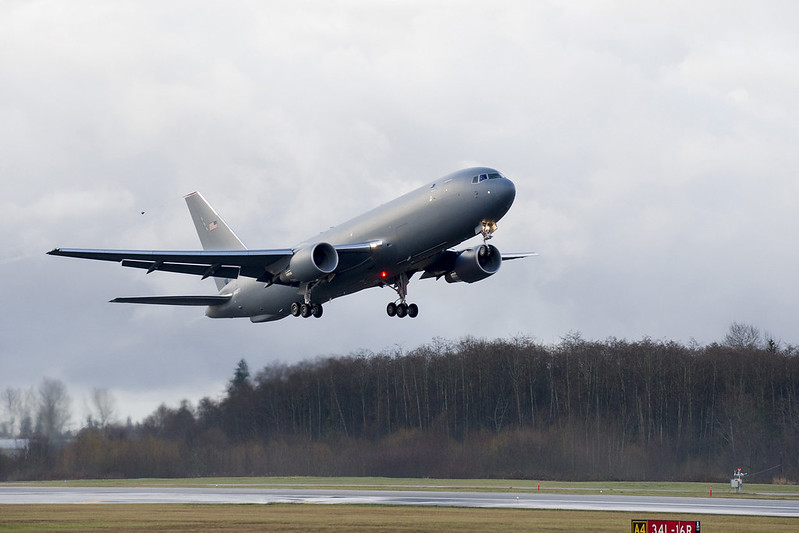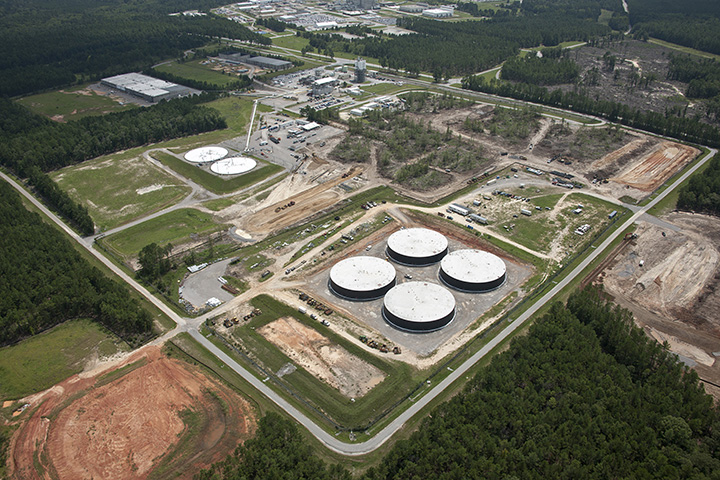
Savannah River Site – Mission and budgetary support at the nuclear installation
Last fall, we published an article about a new contract that S&K Logistics Services (SKLS) had been awarded at the Savannah River Site (SRS), a nuclear installation in South Carolina that is managed by the Department of Energy (DOE). This article details SKLS’ work in direct support to the Office of Integration and Planning (OIP) which integrates across the multiple mission areas at this 300-square mile installation.
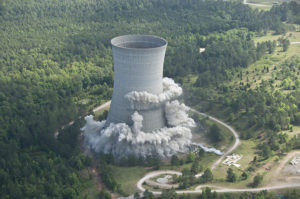 Government employees and contractors at SRS are part of a massive and successful endeavor to secure and stabilize materials from the cold-war nuclear era and to develop and demonstrate related technologies. Initially, that means management of the facilities and materials generated by the U.S. Nuclear Weapons Program, including spent nuclear fuel and fuel-cycle liquid waste. Along with that core mission is the everyday support to programs like security, environmental remediation, and infrastructural maintenance of the Site’s active and deactivated facilities.
Government employees and contractors at SRS are part of a massive and successful endeavor to secure and stabilize materials from the cold-war nuclear era and to develop and demonstrate related technologies. Initially, that means management of the facilities and materials generated by the U.S. Nuclear Weapons Program, including spent nuclear fuel and fuel-cycle liquid waste. Along with that core mission is the everyday support to programs like security, environmental remediation, and infrastructural maintenance of the Site’s active and deactivated facilities.
As expected for an installation of this size and age, the infrastructure projects alone are an important part of operational continuity for this 60-year-old facility. SRS has its own electrical power and steam generation and distribution systems , bridge and roadway network, communication, and computer network systems. The “general plant projects” needed to maintain Site infrastructure are extensive enough that they are proposed to become a separate program element in 2017.
SKLS senior staff members, and those of its teaming partner Pro2Serve, support two core OIP missions at SRS; one for planning support with the Mission Planning Division, and a second to provide the technical expertise with the Project Management and Control Division (PMCD). Both help the OIP to perform its mission to integrate activities across the Site with an annual budget (FY16) of $1.3 billion.
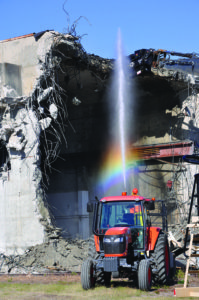 The Mission Planning Division defines the logistical relationships between the programs and work elements, and compiles this information into work plans and cost estimates. These plans span 5-year, 10-year, and life-cycle periods and range in focus from strategic plans that concentrate on the logistical and performance aspect, to more budget and forecast-oriented plans. The most comprehensive of these planning products is the Integrated Life-Cycle Cost Estimate (ILCE) which shows the scope, schedule, and estimate for all work across the installation.
The Mission Planning Division defines the logistical relationships between the programs and work elements, and compiles this information into work plans and cost estimates. These plans span 5-year, 10-year, and life-cycle periods and range in focus from strategic plans that concentrate on the logistical and performance aspect, to more budget and forecast-oriented plans. The most comprehensive of these planning products is the Integrated Life-Cycle Cost Estimate (ILCE) which shows the scope, schedule, and estimate for all work across the installation.
With steadfast leadership from planning veteran, Cheryl Davidowicz, SKLS staff have supported the ILCE product since 2011 and are looking at ways to optimize performance across the Site. In 2016, ILCE estimated that the cost of mission completion and asset retirement at SRS would be in excess of $70 billion running through 2065. With the data that SKLS is able to compile, the mission Units at SRS have a better picture of their overall scope and budget, seeing how moving parts affect other moving parts. The resulting impact analysis will show how internal funding changes will effect operations.
The PMCD supports OIP in program implementation and oversight of execution of project work in the Site’s programs. They apply their expertise in program and project management to support project formulation, mission verification, categorization (construction, capital asset, operations) and baseline development. Their combined knowledge of the technical and management components of the projects assures that SRS conforms with the extensive requirements of acquisition regulations and DOE’s project performance directives.
Most of the effort of PMCD support staff assures that the performance reporting systems for the over $783 million in mission work performed annually at the Site is accurately reported. The PMCD support staff (Rich Smalley, Sam Budenstein, Gary Howard, and David Moore) apply their combined technical and management knowledge to keep the work performance, reporting, budgets, and contracts aligned.
Of course, none of this happens without money and the resident budget formulation expert, Brandon McBride. Brandon is always working to resolve budget-development assumptions, budget request development, push back, or reprogramming. Brandon is the steady and nimble force that keeps the right money of the right Congressional budget classification flowing to the program needs. In fact, because of his efforts in conjunction with the FY 2016 Omnibus and budgetary planning for FY 2017, the SKLS group has garnered positive feedback from DOE clients, site managers, and the South Carolina Governors Nuclear Advisory Council.
SRS is the nation’s first National Environmental Research Park and has the most extensive ecological data base comparing natural set-aside areas to industrialized parcels in the world. On a given day, activities could range from supporting a discussion on the options for disposition of the weapons-grade nuclear materials yielded from international arms reduction efforts to pausing on the road to allow a hen turkey and her chicks to cross – and that’s what makes it interesting!
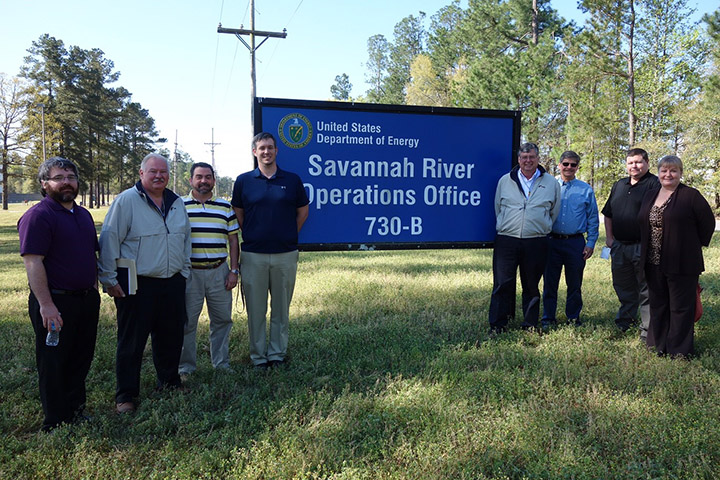
Photo 1: Saltstone Type 2 tanks at SRS. Photo 2: Iconic image of the K cooling tower being demolished by first imploding the structure. Photo 3: The R reactor disassembly in process. (Photos courtesy Savannah River Site.)
Photo 4: The SKLS support team at SRS (L to R) Tyson Ramsey, Gary Howard, David Moore, Anthony Palmer, Sam Budenstein, Rich Smalley, Brandon McBride, and Cheryl Davidowicz.


